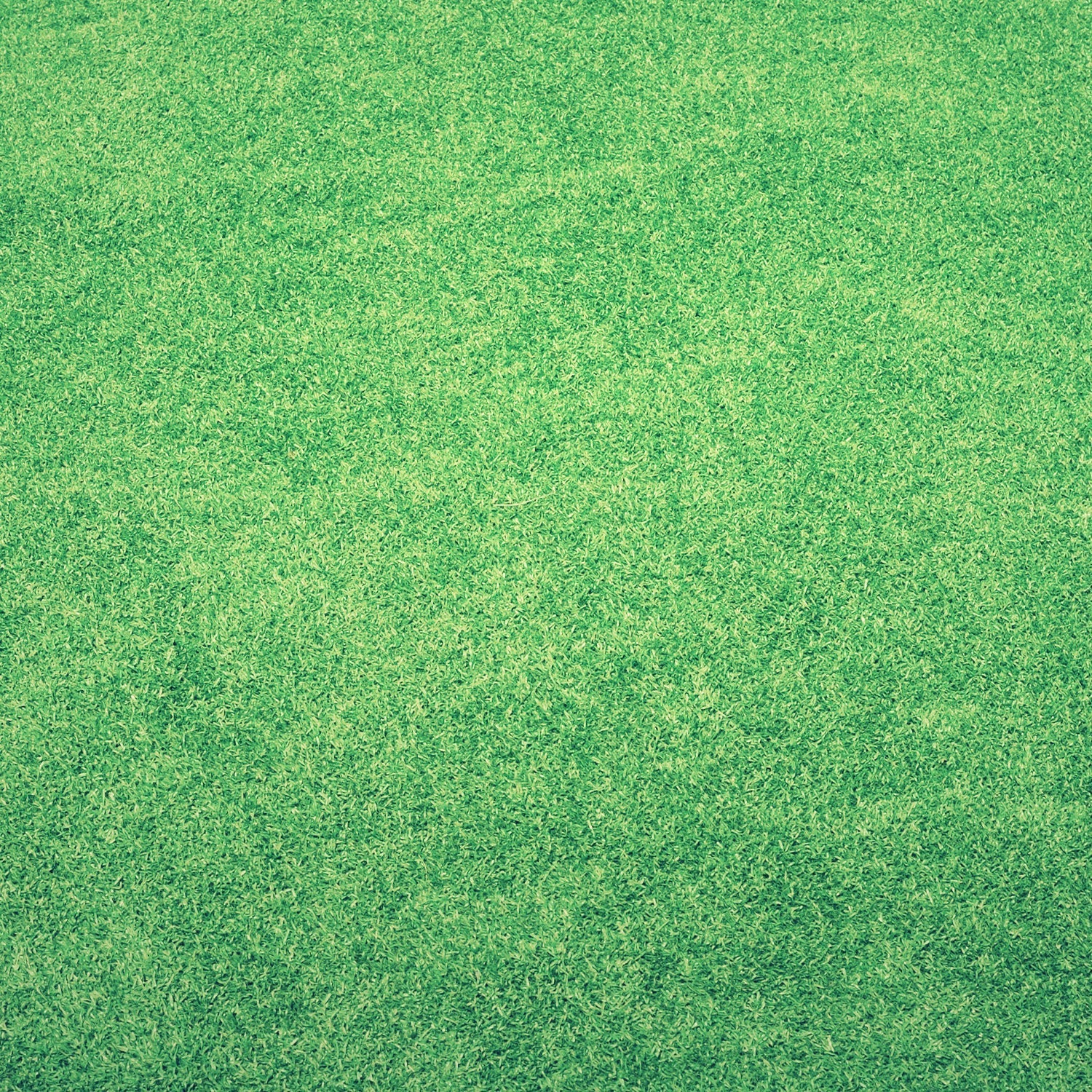0115 684 8754

How to install your artificial grass lawn - and what to avoid!
Artificial grass installation is something relatively easy to do, but even easier to get wrong, especially if you don’t follow the right instructions or try to cut corners. Whether you’re adding a touch of greenery to your balcony or yard, or replacing the natural turf of a large back garden, it’s just as important to make sure you get your installation spot on to avoid any future issues.
In this guide, we’ll take you through some of the elements that some people fail to consider in their projects and share our top tips for making sure your new lawn stays in tip-top shape for years to come.
How to prepare for your artificial grass installation
If you’re planning on installing your lawn by yourself, then you may need to collate a few tools that aren’t already in your kit to ensure your installation goes smoothly. There are also a couple of pieces of equipment that you’ll almost certainly be better off hiring, due to their cost. You can view the full list here in our installation guide, but some of the bigger items to consider include: a turf cutter, a roller or whacker, and your border/edging materials.
We’d also recommend hiring a skip to help with the disposal of any old garden waste. It’s really handy to calculate how much aggregate you’ll need before you get started, to help avoid any unexpected shortfalls. This is essentially enough type 1 stone to cover the square meterage of your garden, at a depth of up to 100mm, as well as a layer of 35mm of granite dust - this can vary depending on your installation however, so feel free to give us a shout if you have any questions.
It’s also really important to store your artificial turf carefully once you have it. When it arrives, check that you are happy with the product by removing the packaging and unrolling it. If everything looks okay, you should re-roll the grass and keep it covered until you’re ready to install. Be careful when you unwrap the grass to not damage it with any sharp objects (such as knives or cutters) as this would invalidate its warranty. You should also make sure to keep the roll on a flat surface, to avoid causing any bends or creases in the material.
Crucially, make sure you have at least one extra pair of hands at your disposal when beginning your project. Rolls of artificial grass are heavy items and should always be carried between two people, with extra care being taken around sharp objects or structures, such as brick wall corners.
But isn’t it just like fitting a carpet…?
Yes… and no. While there may be some obvious differences between the two, some of the installation fundamentals remain the same. If you think about laying a carpet indoors, the first thing you’d want to do is make sure that the surface of the floor is flat and level, as well as being solid and stable underfoot. You’d probably add underlay underneath as well, to help achieve a flatter surface and increase the comfort of the carpet.
Now imagine where you’re planning on laying your artificial grass. Those same rules can be applied to your turf too: the surface needs to be flat, solid and stable. Existing grass lawns or ‘soiled surfaces’ don’t provide this, even when they’ve been compacted. Imagine an area of your garden that consists of just soil and is exposed to the use that the lawn would ordinarily get (footfall, weathering, wildlife, for example). After a short period of time, the area would become uneven, with natural depressions and mounds. Even with artificial turf covering it, they would still appear, resulting in a bobbly mess of a lawn.
As the saying goes, failing to prepare is preparing to fail, so making sure your ground is prepared properly is essential to your entire installation project. Which is where you might want to consider getting the professionals in…
How much will it cost to install my artificial grass?
If you consider yourself a handy person and are especially concerned with keeping your costs as low as possible, then you might consider completing your installation yourself. However, while it is a relatively straightforward process, it’s also not one for absolute beginners, so keep this in mind when assessing your options.
We have a network of tried and trusted installers who we can recommend for your job, no matter how big or small. If you have any doubts at all about completing the work yourself, we’d always advise exercising caution and using a professional.
When it comes to the cost, there’ll be some natural variance depending on your location and the scale of the job. Day rates for installation can be anywhere between £300-600. An average garden job can usually be completed in a day, but it’s wise to factor in time for any time needed to remove old grass and complete necessary preparation work.
Therefore, if we take an average of £450 for a day’s work, and an extra day’s labour for prep/removal, you’d be looking at around £900 for professional installation. If you add on extras, like skip hire (£200), the cost of your aggregate (£180) and your aggregate/granite sand (£250), this brings your total cost to something in the region of just over £1,500 to install your artificial grass - not including the turf itself.
While this may seem like a lot at first, when you consider the time and effort (and money!) you’ll save with reduced maintenance costs, the benefits soon begin to add up.
For a more accurate estimate with your project in mind, let us put you in touch with one of our trusted installers, who’ll be able to help.
Why is it important to install your artificial lawn correctly?
The short answer is, because you want it to look good! The slightly longer version is that a below-par installation can cost you a lot of time and money to rectify, and leave you with bigger problems down the line.
If poorly installed, your lawn may look good for a little while - perhaps as long as a year. However, it will eventually need to be properly re-laid, which normally comes at a far greater expense than if it had been done correctly in the first place. You could buy the most expensive artificial grass in the world, but if it is not laid well, then it will never last its warranty period, if it hadn’t already voided its warranty in the first place.
You’ll also likely face problems with weeds growing through the grass, as solutions to prevent this won’t have been properly implemented. As you can’t exactly ‘mow’ your artificial lawn to help keep these at bay, you’ll be left with an annoying task to manually remove the offending greenery.
Improper installation could also lead to issues with drainage, which would result in flooding. On the other hand, as the grass is porous to rain, a poorly installed base will simply wash away from under your grass, leaving a huge green depression beneath the turf.
All of these issues can be avoided simply by properly installing the grass in the first place, and should be nothing to worry about in most cases.
So… what next?
If you’ve already bought your new artificial lawn from us, we’ve likely already been in touch regarding our approved installers programme. However, if you have any questions about this then please give our friendly team a call on 0115 684 8754 - they’ll be happy to help. If you’re still on the hunt for your new lawn, then be sure to check out our range of artificial grass - with options for all gardens and budgets, we’re sure you’ll find the one for you. Simply head over to our artificial grass section to find out more.


